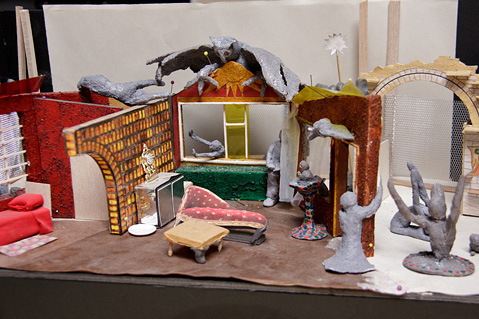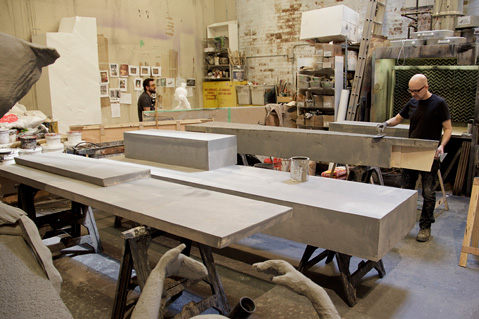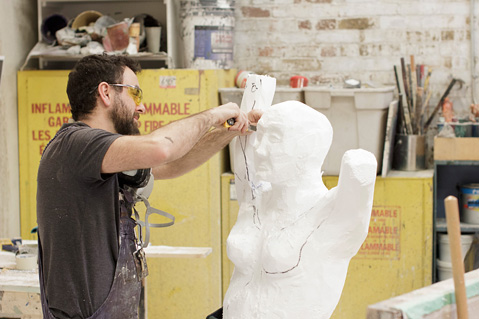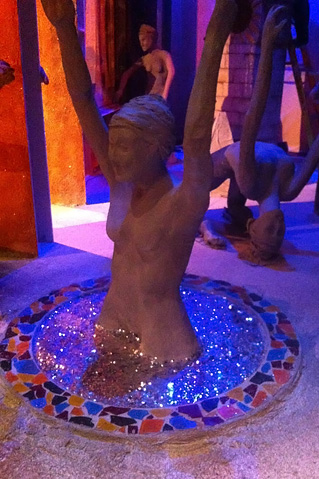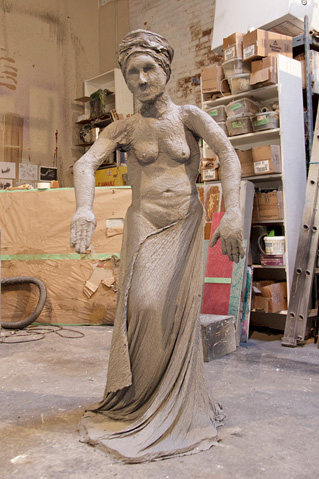The Road to Mecca – Interview with Set & Lighting Designer Beth Kates
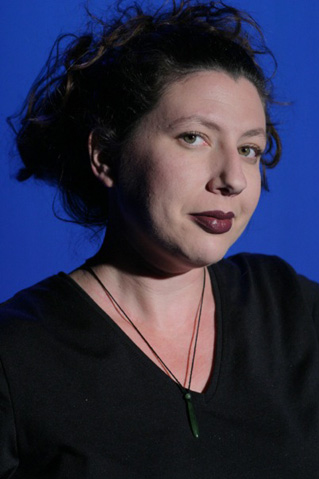
Beth Kates is the set and lighting designer for The Road to Mecca by Athol Fugard, on stage now at Soulpepper. The play is based on a true story about an elderly South African artist, Miss Helen in the play, who turned her house and yard into a highly personal and unorthodox work of art. Kates shared with us her approach to the play’s design, and how design informs character and vice versa.
My approach to designing The Road to Mecca began with the script which offers clues about glitter and magic and light, but it also was deeply informed by looking at the real place [Helen’s home The Owl House, now a museum, in South Africa]. The Owl House served as an inspiration for the design, but through the lens of how the creative team wanted Helen to be represented,” said Kates. “We wanted to keep Helen at the core of the design, but to also dig a little deeper into the imagery and the symbolism that inspired Helen’s creations. There were a number of artists who influences the design (Kathe Kollwitz, Joseph Cornell), but we focused on some beautiful parallels between Helen and William Blake, who also experienced powerful visions that compelled him to create. Blake’s imagery is mythic and epic, and Helen’s creations are similar.
When designing the show I thought deeply about Helen as Artist, and about how she was compelled beyond her own ability to comprehend (as many artists are) to turn her visions into concrete reality. I used that inspiration when designing. I took the time to sculpt the set model in a way that I hadn’t approached a design before. It connected deeply to my background as a visual artist and became very important to the design. Helen’s sculptures, and her world, are so important to represent with authenticity because they were ultimately her voice.
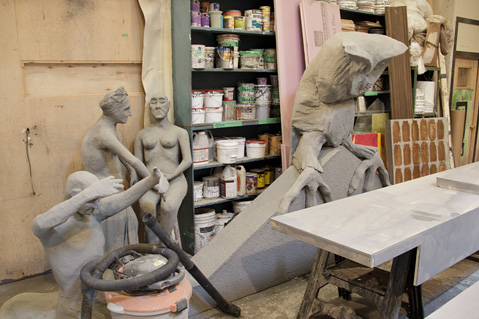
Duncan [Johnstone, Soulpepper’s Head Scenic Artist] did such a beautiful job creating the figures. It was important to me that he use my designs of the sculptures as the leaping off point, but sculpt the figures himself to make them real, and grounded and present. The owls were especially appealing to make, they became the wise observers. The big owl especially is meant to be a benevolent and not an imposing figure, more of a watcher and protector.
I wanted to create an otherworldly feeling with the set, something close to what Helen’s actual home felt like to visitors. I imagined there being no boundaries between Helen’s work/home/self and her artistic vision. I was given great liberty and support by the director to go as far into this world as my imagination could take me.
The magic of the moment when Helen reveals her Mecca to Marius comes late in the play, and was a major guide post for both the set and lighting design. When her house was fully lit, it needed to needed feel transformative, and to convey the magic of Helen’s vision.
This is a very special show to me. A great deal of thought was put into literally every corner of the stage, and every single item on stage has a part in the story telling.
The Road to Mecca is on stage now until May 28. More info and tickets >>
